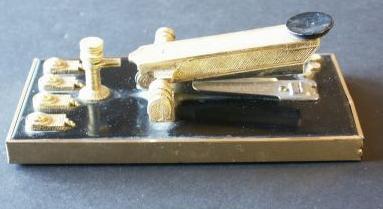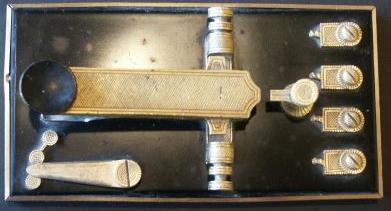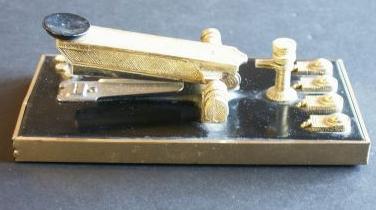 Non-Key Collection
Non-Key Collection ARRL - Memorabilia
ARRL - Memorabilia
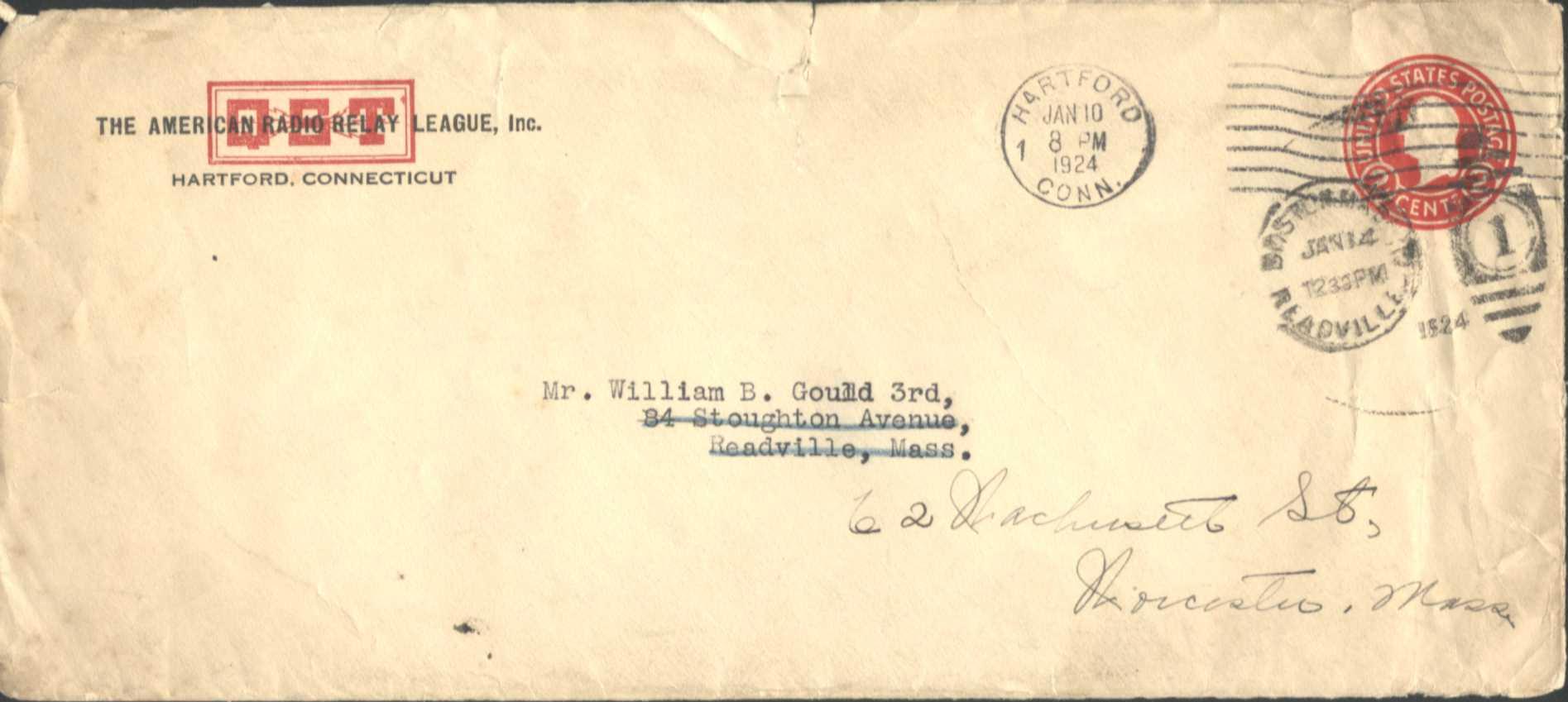 Envelope - 1924 |
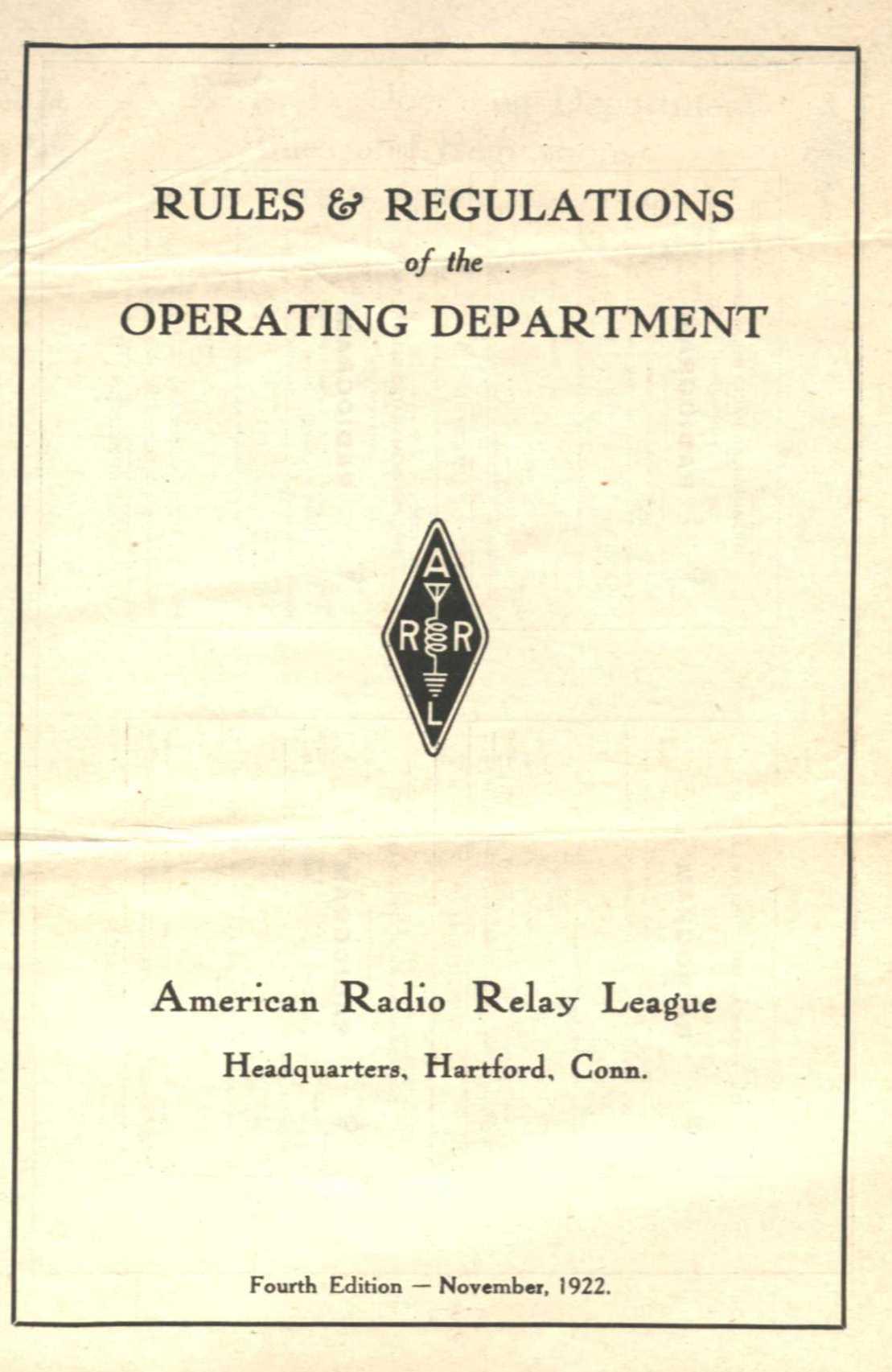 Operations Guide - 1922 |
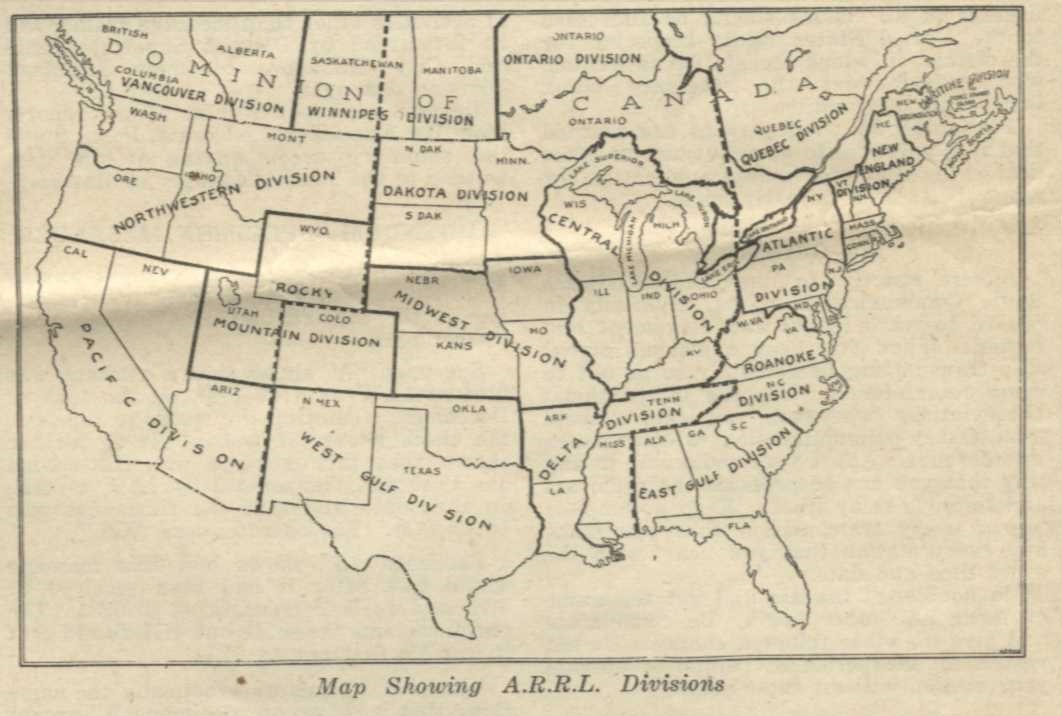 Division Map - Page 9 |
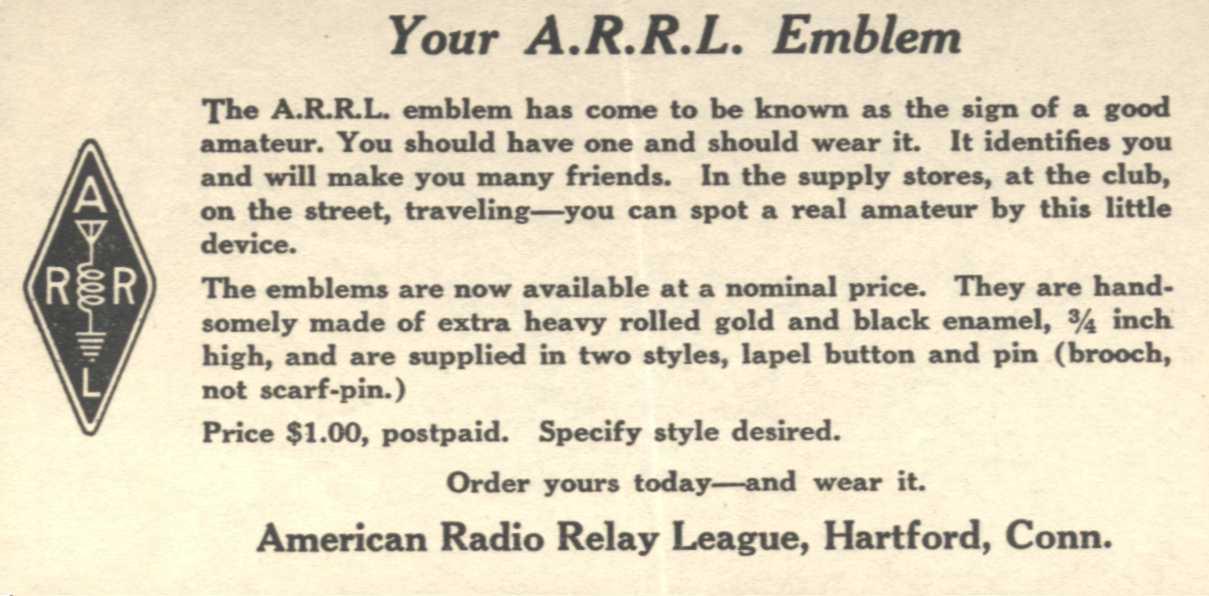 Mail Insert - 1924 |
 RCA - Tie Clip Key
RCA - Tie Clip Key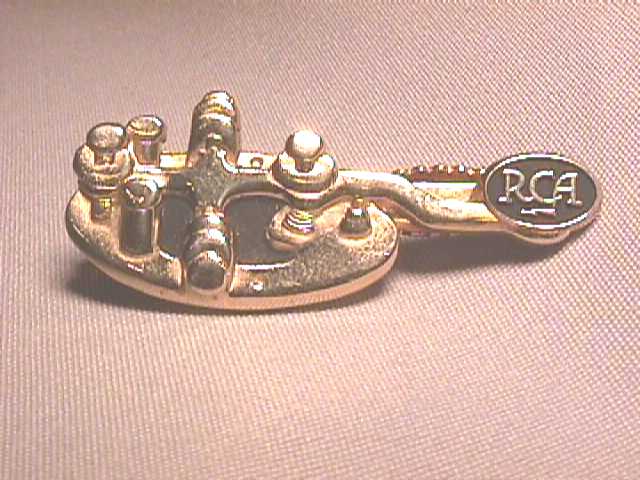
Produced 19?? Size 1/2" X 1 7/8" Aquired July 2ØØ1 I understand these were promotional give aways from RCA n the 3Ø's and 4Ø's and that there are two different designs. |
 Strap Key
Strap Key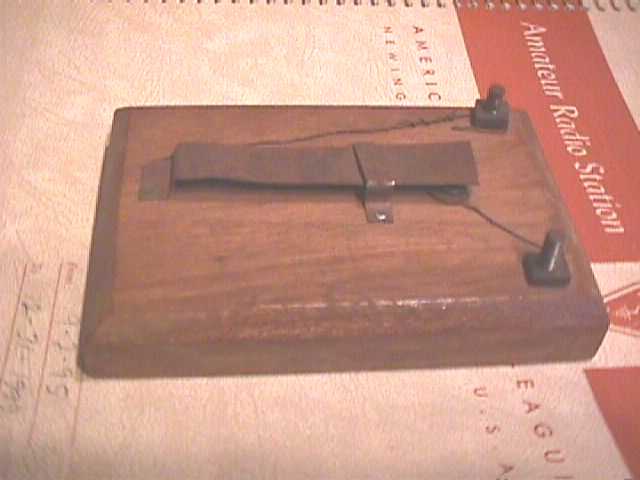

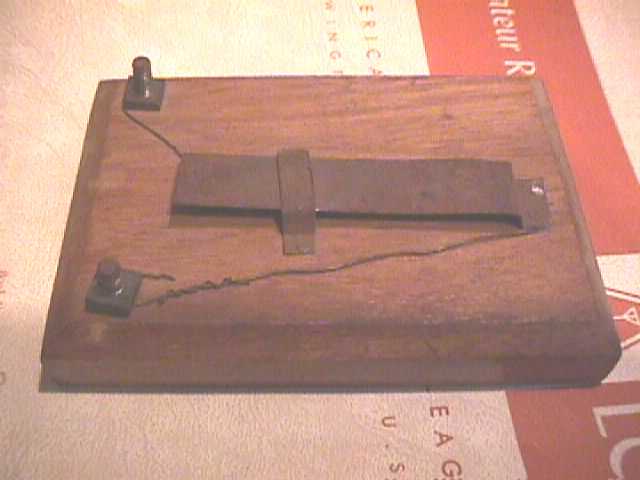
Hand Made
Base size 3.5" X 4.8275" Aquired May 2ØØØ |
 First Day Cover - 1985
First Day Cover - 1985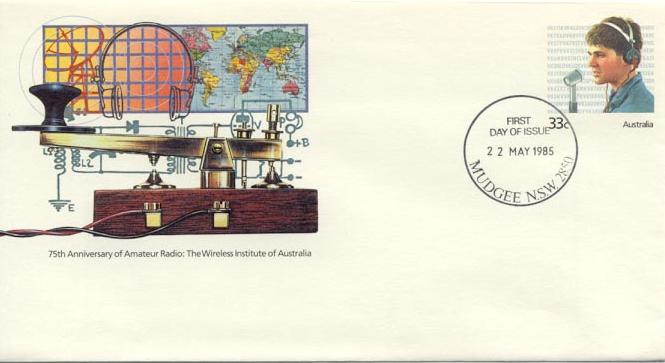
Austrialia
Aquired July 2ØØ1 |
 Hand Key ?
Hand Key ?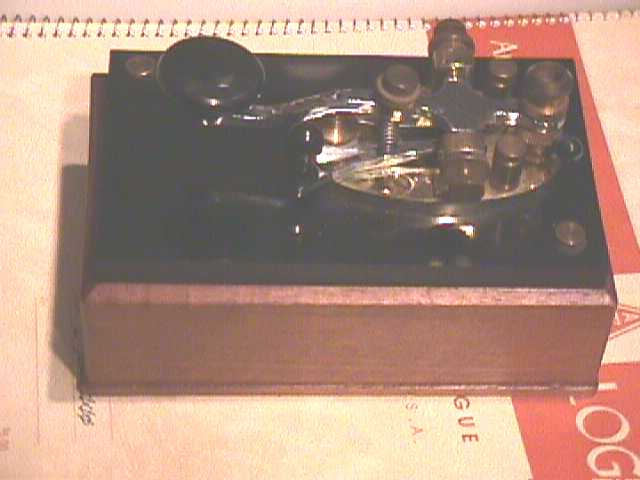

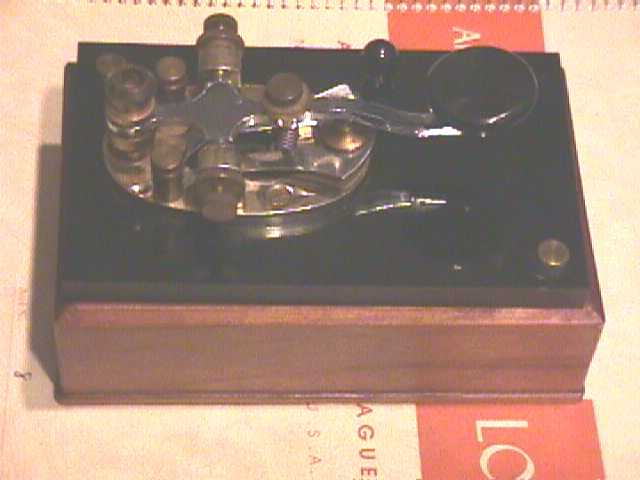
NO! A Cigarette Lighter!
Made by Hugo Rousseau Co. Base size 4" X 6" Aquired Febuary 2ØØ2 |
 Lineman's Tool?
Lineman's Tool?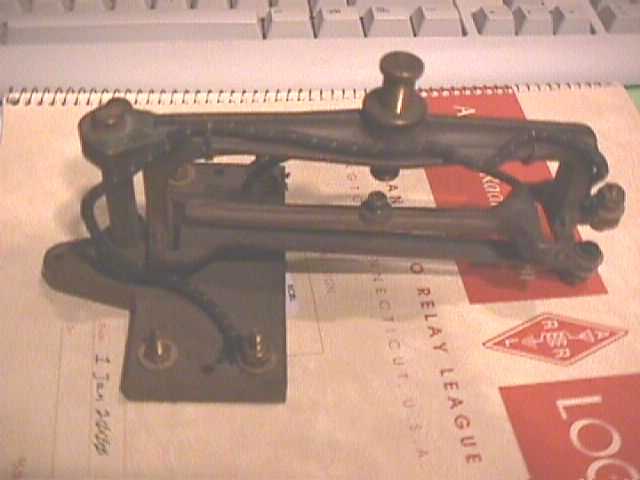
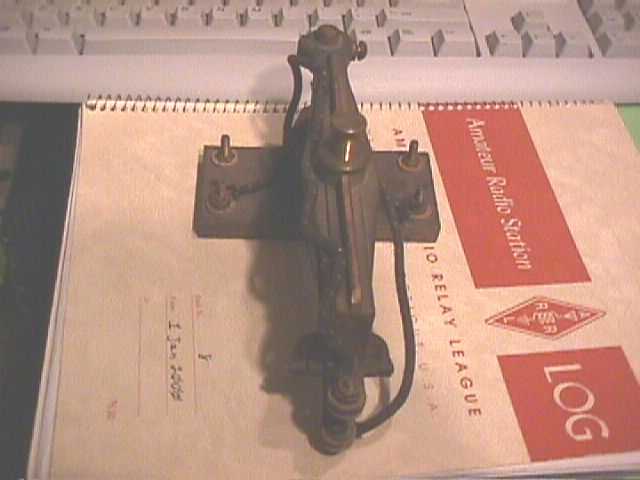
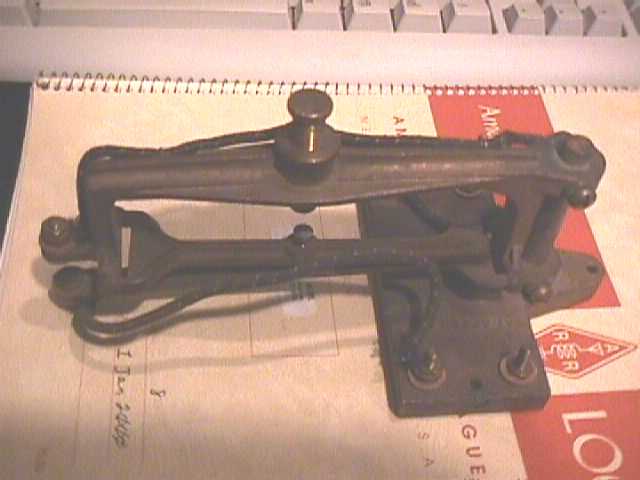
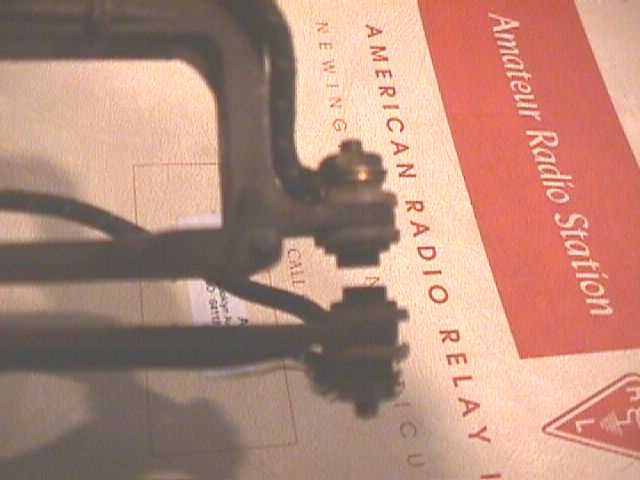
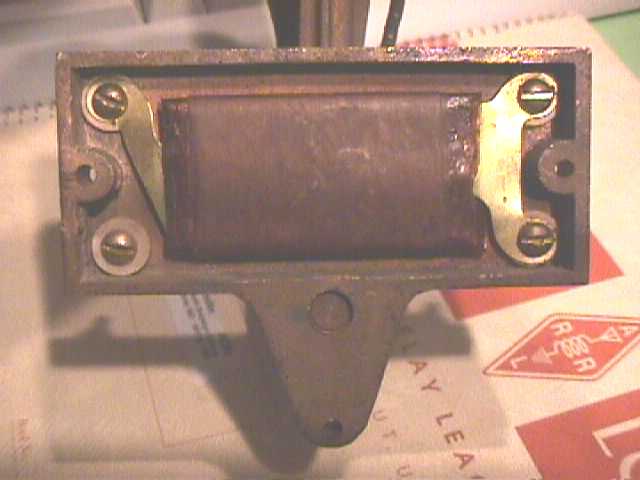
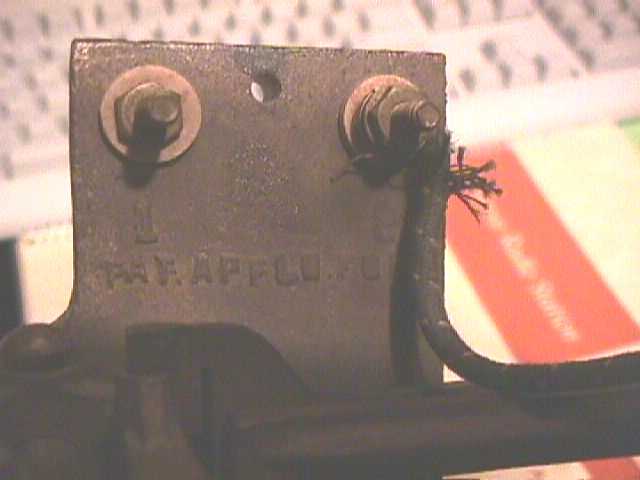
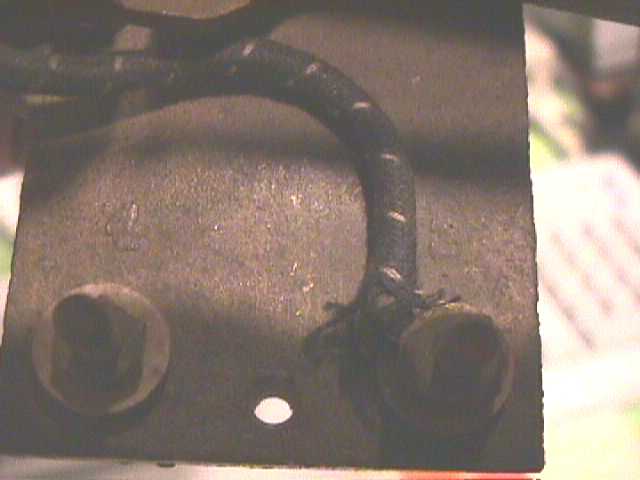
This Device was found on a Lineman's Tool Belt who retired from The Great Northern Rail Road. Does anyone know what it is or how it is or was used? Aquired December 2ØØ1 |
 Norman Rockwell Plate
Norman Rockwell Plate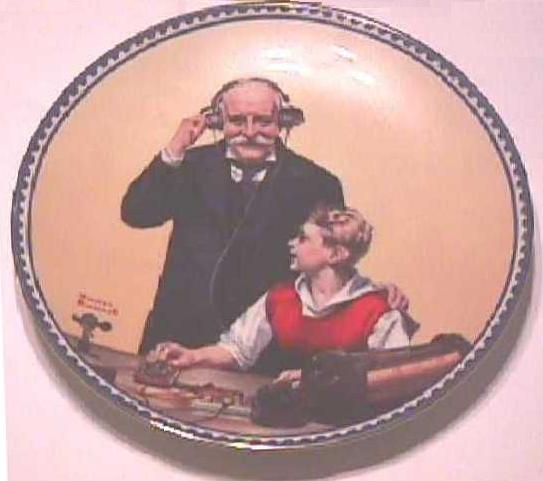
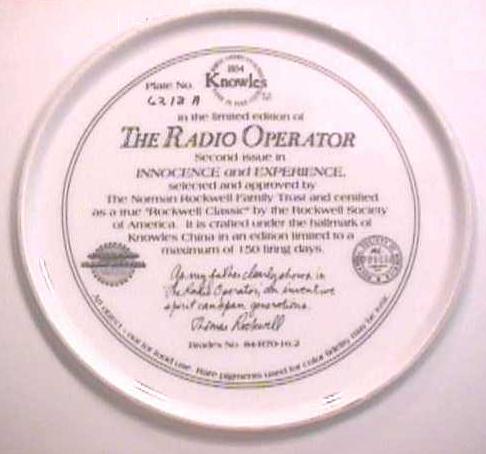

Fired 199Ø Size 1Ø" Aquired March 2ØØ2 |
 Samual Morse Trading Card
Samual Morse Trading Card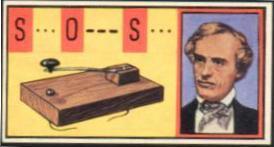 |
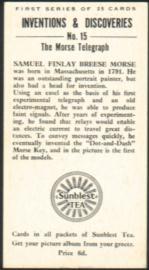 |
Printed by Sunblest Tea
in 196Ø
Card Number 15
Size 2.75" X 1.5"
Aquired June 2ØØ2
|
 1945 - The Phillips Code
1945 - The Phillips CodeTCR Edition
Telegraph-Cable-Radio

Copywrite 1879 - Renewed January 8, 19�7 - Revised 1945
Pages 96 Aquired September 2ØØ2 |
| Front | Page 1 | Page 2 | Page 3 | Page 4 4a | Page 5 | Page 6 | Back |

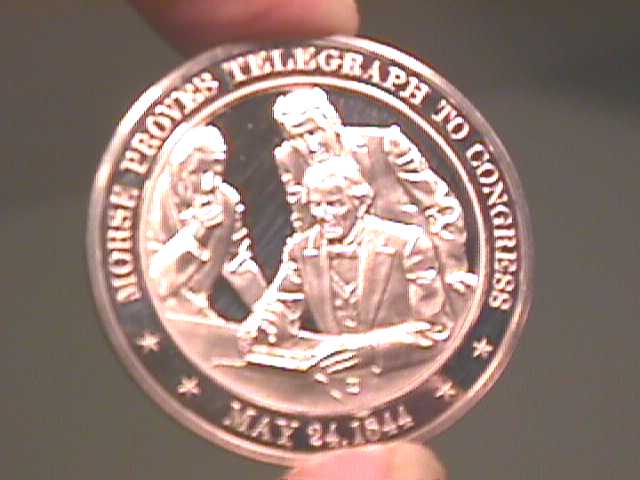
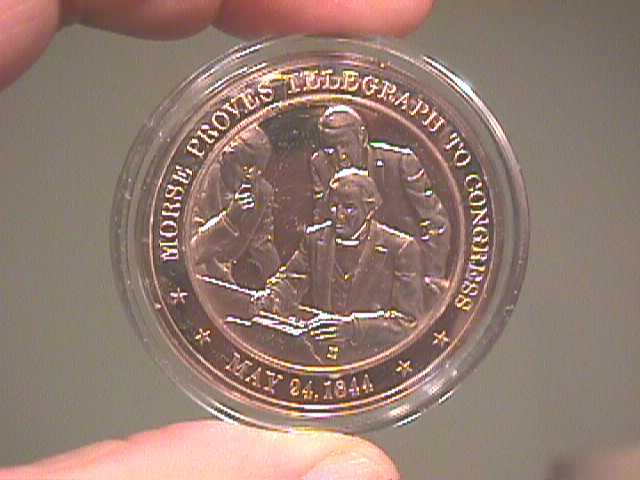

MORSE PROVES TELEGRAPH TO CONGRESS MAY 24, 1844
Stamped by Franklin Mint Made of Solid Bronze Size 1.75" Aquired November 2ØØ2 |
|
On the back are the highlights of: 1844 May 24 - Samuel F.B. Morse sends first telegraphic message, "What hath God wrought," between Washington and Baltimore; May 27-29 - Democrats nominated James K. Polk as the first "dark horse" candidate; June 15 - Charles Goodyear receives patent for vulcanized rubber. |
 Nabisco
Nabisco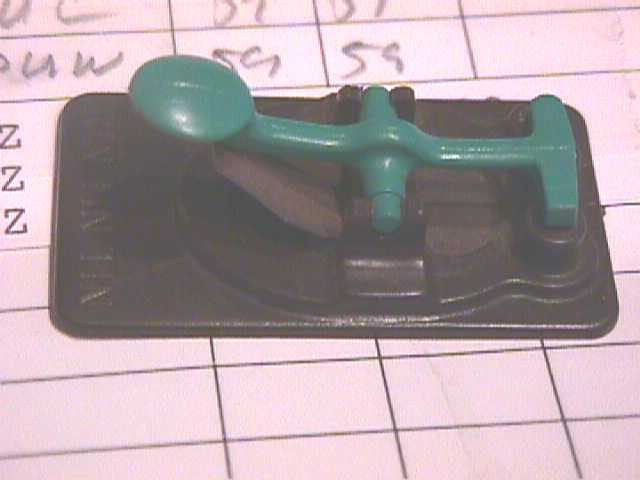
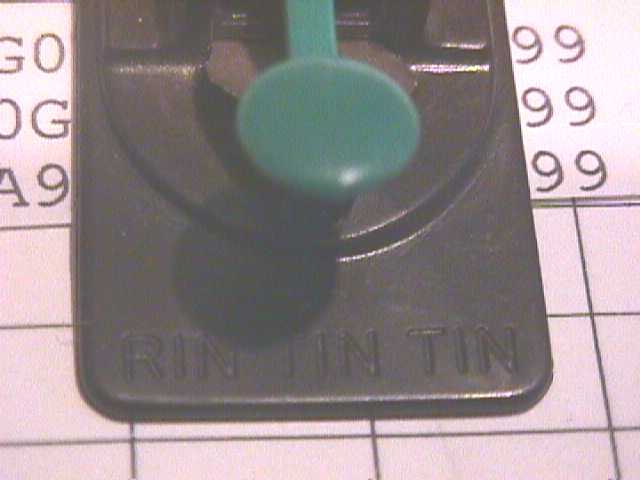
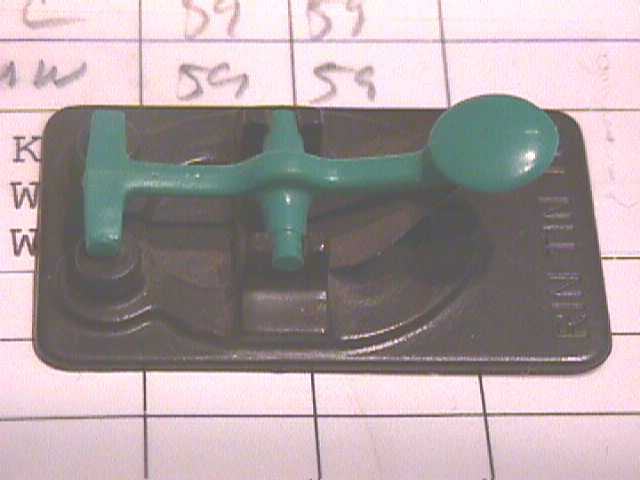

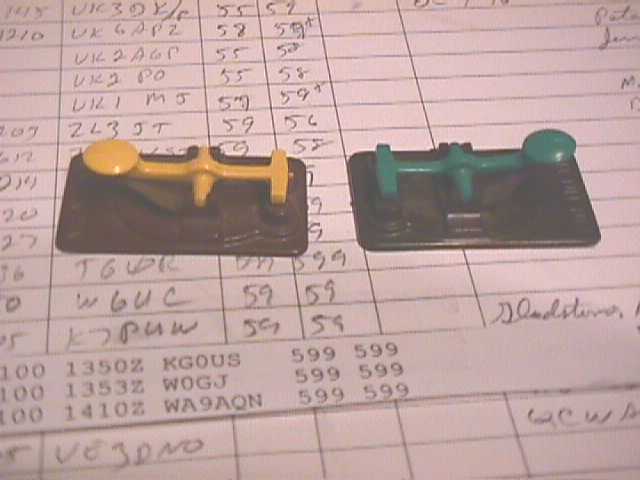
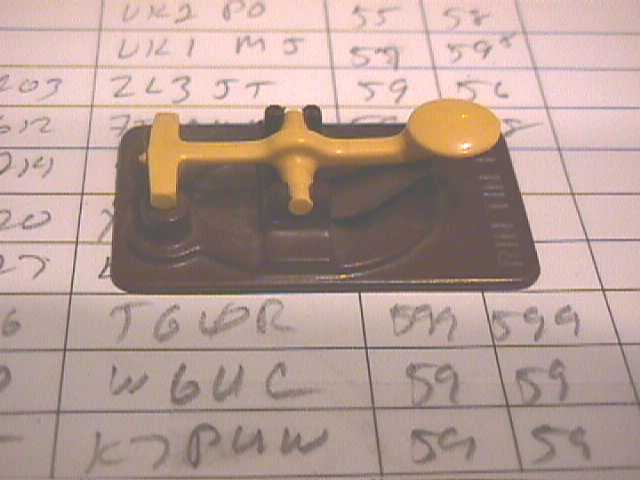
195�'s Rin Tin Tin Key
Wheat & Rice Honey Premium
Made 195Ø Aquired December 2ØØ2 |
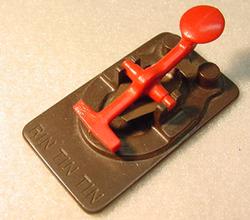 Red |
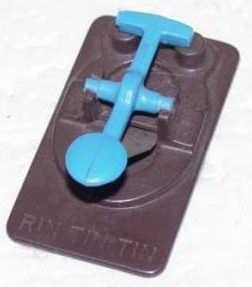 Blue |
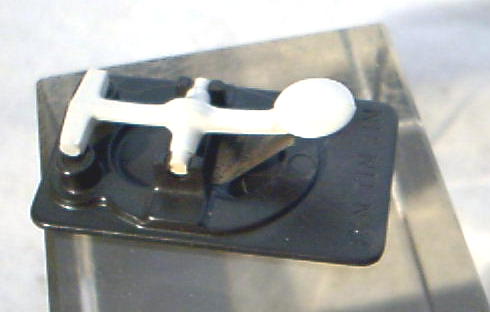 White |

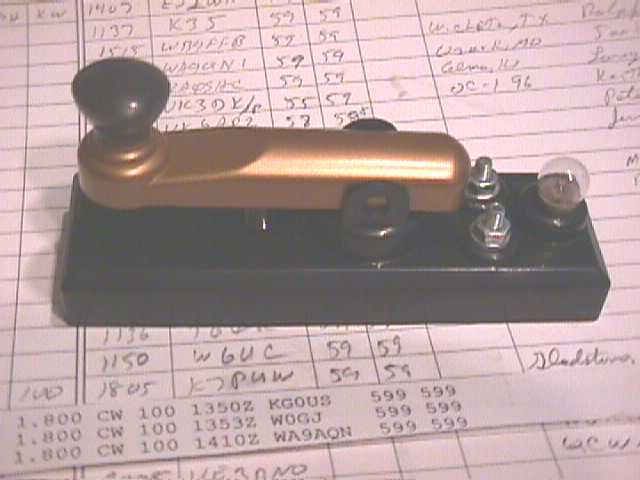
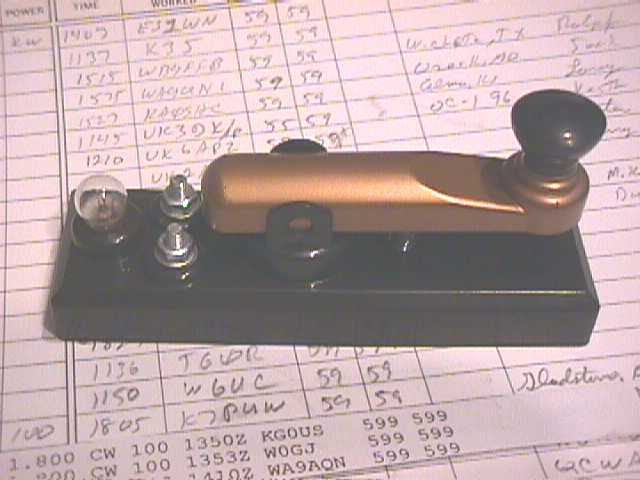
Made 196Ø's Aquired December 2ØØ2 |
 Radio Code Manual
Radio Code Manualby Arthur Nilson
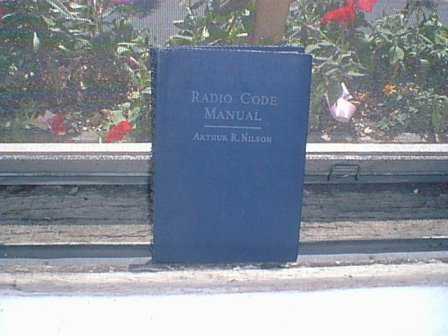
Printed 1942 Aquired January 2ØØ3 |
 SIMMON'S WIRELESS
SIMMON'S WIRELESS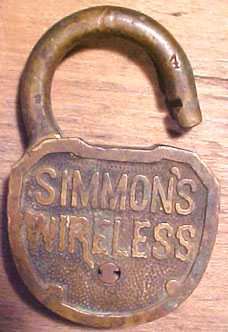
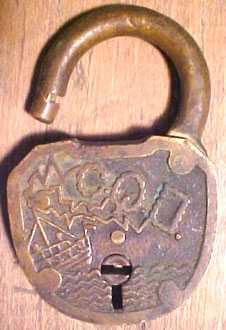
Brass Lock
Made 19Ø4 - 1912 (about) Size 2" X 3" X 1/2" Aquired January 2ØØ3 |
an excerpt from
The Telegraph Office Magazine
Volume II, Issue 1
"'SOS,' 'CQD' and the History of Maritime Distress Calls"
by Neal McEwen, K5RW
